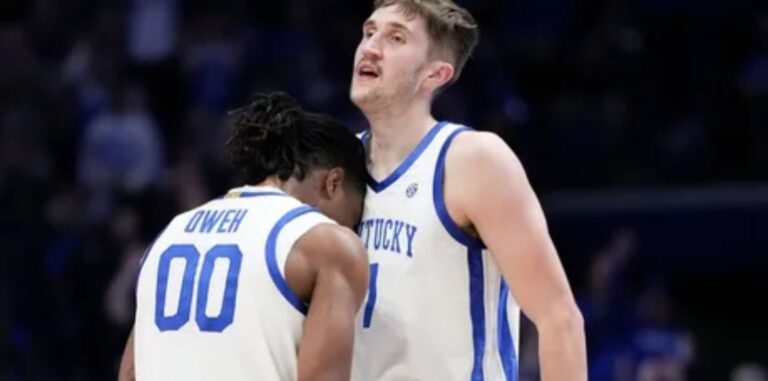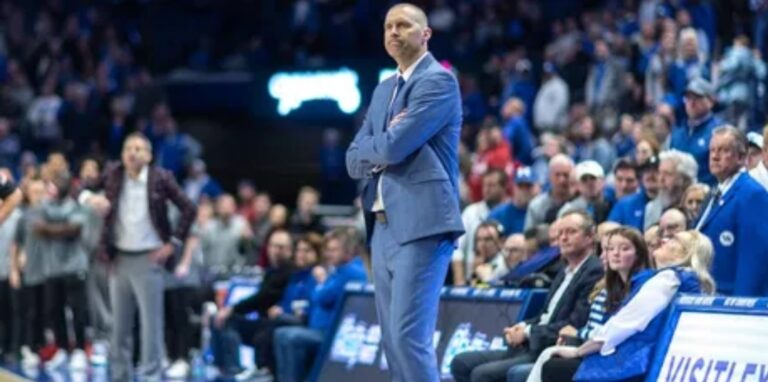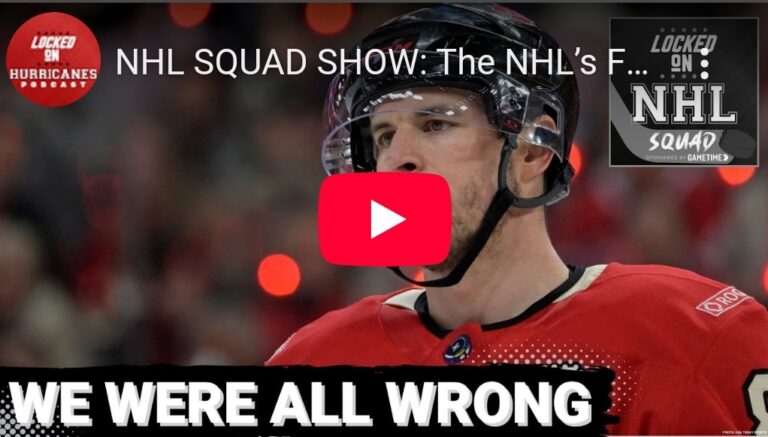
NHL Salary Cap Set to Surge Over the Next Few Seasons
The NHL salary cap is poised for a significant increase in the coming years, marking a major shift from the stagnant growth seen since the COVID-19 pandemic. After several seasons of limited cap expansion, league revenues are booming, and the players’ escrow debt to owners is nearly repaid. As a result, teams will soon have more financial flexibility, leading to an increase in player salaries, contract extensions, and a more dynamic free-agent market.
Projected Salary Cap Growth
For the 2024-25 season, the NHL salary cap is expected to rise from $83.5 million to approximately $87.7 million—an increase of about $4.2 million. However, this is just the beginning. League insiders and financial analysts predict that by the 2025-26 season, the cap could jump beyond $92 million, with further increases in subsequent years. Some projections indicate that by the end of the decade, the salary cap could exceed $100 million.
This growth is driven primarily by record-setting league revenues, lucrative broadcast deals, and increasing sponsorship agreements. The NHL’s partnership with ESPN and Turner Sports has provided a massive financial boost, along with the ongoing expansion of digital streaming services and international markets. Additionally, growing attendance numbers and strong merchandise sales have contributed to the league’s financial resurgence.
Impact on Player Contracts
A rising salary cap will have a profound impact on player contracts across the league. In recent years, teams have been forced to navigate a tight financial landscape, often leading to short-term deals, bridge contracts, and difficult roster decisions. With more cap space available, teams will be able to offer larger long-term contracts, making it easier to retain star players and attract top free agents.
For instance, rising young stars such as Connor Bedard, Jack Hughes, and Jason Robertson could see massive contract extensions in the coming years, as teams anticipate a higher spending ceiling. Established superstars like Connor McDavid and Auston Matthews may also benefit when their current deals expire, as they could command record-breaking salaries.
Additionally, role players and middle-tier free agents will likely see increased demand and higher salaries, as teams will have more room to maneuver under the cap. This could lead to a more competitive and fast-paced offseason, with fewer teams struggling to stay compliant with cap restrictions.
Competitive Balance and Roster Building
A higher salary cap will also impact roster construction and team-building strategies. Wealthier teams with strong revenue streams—such as the Toronto Maple Leafs, New York Rangers, and Vegas Golden Knights—will have more flexibility to spend aggressively. However, smaller-market teams will also benefit, as they’ll be able to retain their core players without facing immediate financial strain.
Moreover, teams that previously had to offload key players due to cap constraints may now have the ability to keep their rosters intact. This could result in fewer blockbuster trades dictated purely by salary cap issues and more focus on talent acquisition based on team needs.
Challenges and Potential Risks
While the salary cap increase is largely positive for teams and players, there are potential risks. Teams that spend aggressively on long-term deals could find themselves in trouble if the projected cap growth slows down or if an economic downturn affects league revenues. Additionally, front offices will need to be strategic in how they allocate cap space, ensuring they don’t overcommit to contracts that could become burdensome in the future.
Another factor to watch is how general managers handle contract negotiations moving forward. Players and agents will likely demand higher salaries and longer-term deals, knowing the cap is set to rise. This could lead to more intense negotiations and possibly more holdouts if teams and players struggle to agree on fair market value.
The Future of the NHL’s Financial Landscape
Overall, the NHL’s rising salary cap signals a bright financial future for the league. Teams will have more resources to build competitive rosters, players will see larger paydays, and fans will likely enjoy a more dynamic free-agency market.
As the league enters a new era of financial growth, the key for franchises will be managing their cap space wisely while taking advantage of the new opportunities that come with increased spending power. With the salary cap set to explode, the next few seasons could bring significant changes to the NHL landscape, shaping the future of team-building, player contracts, and competitive balance across the league.



